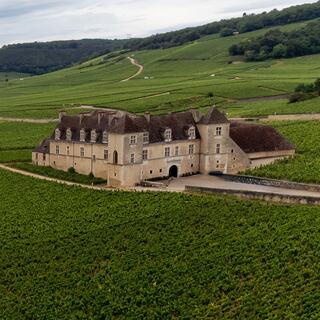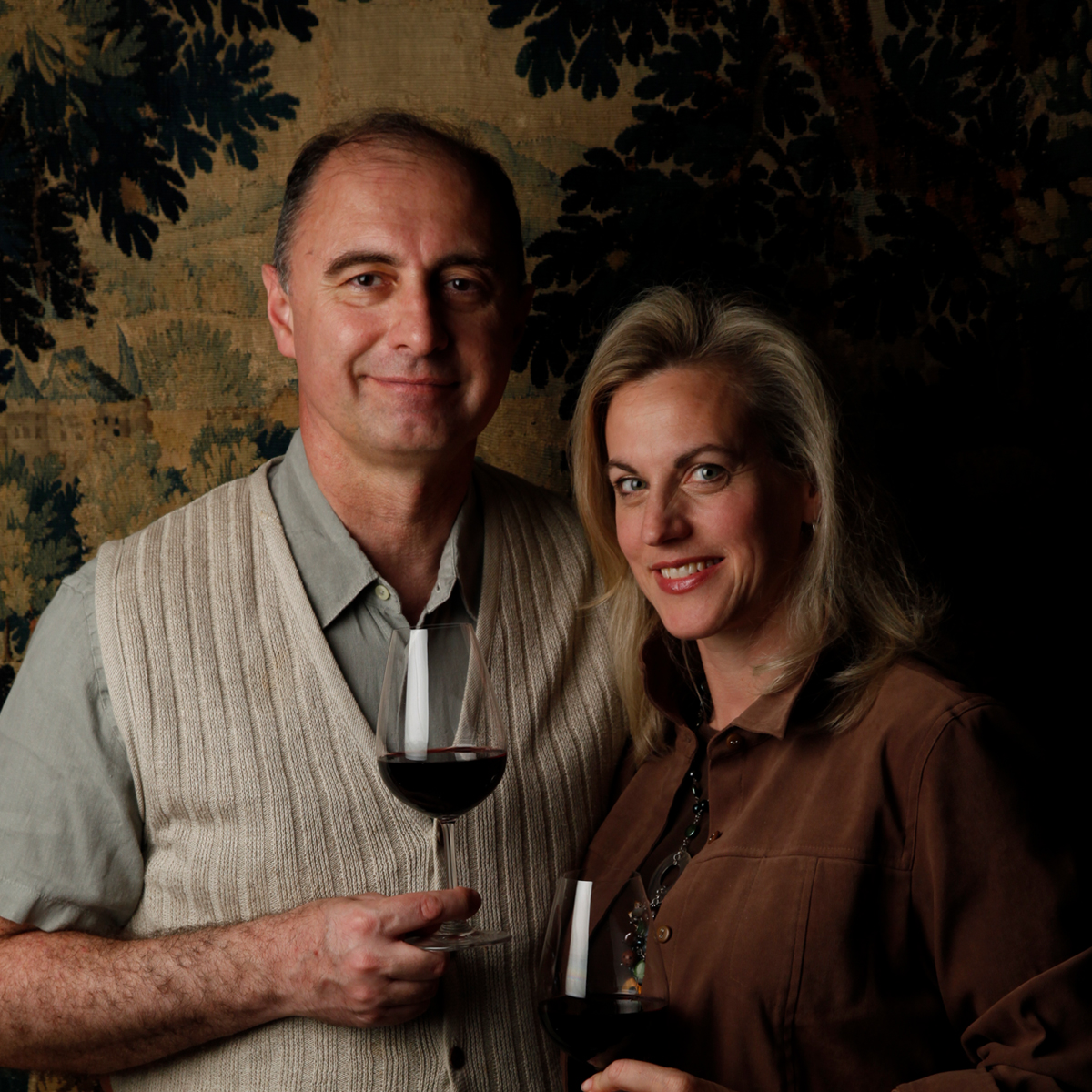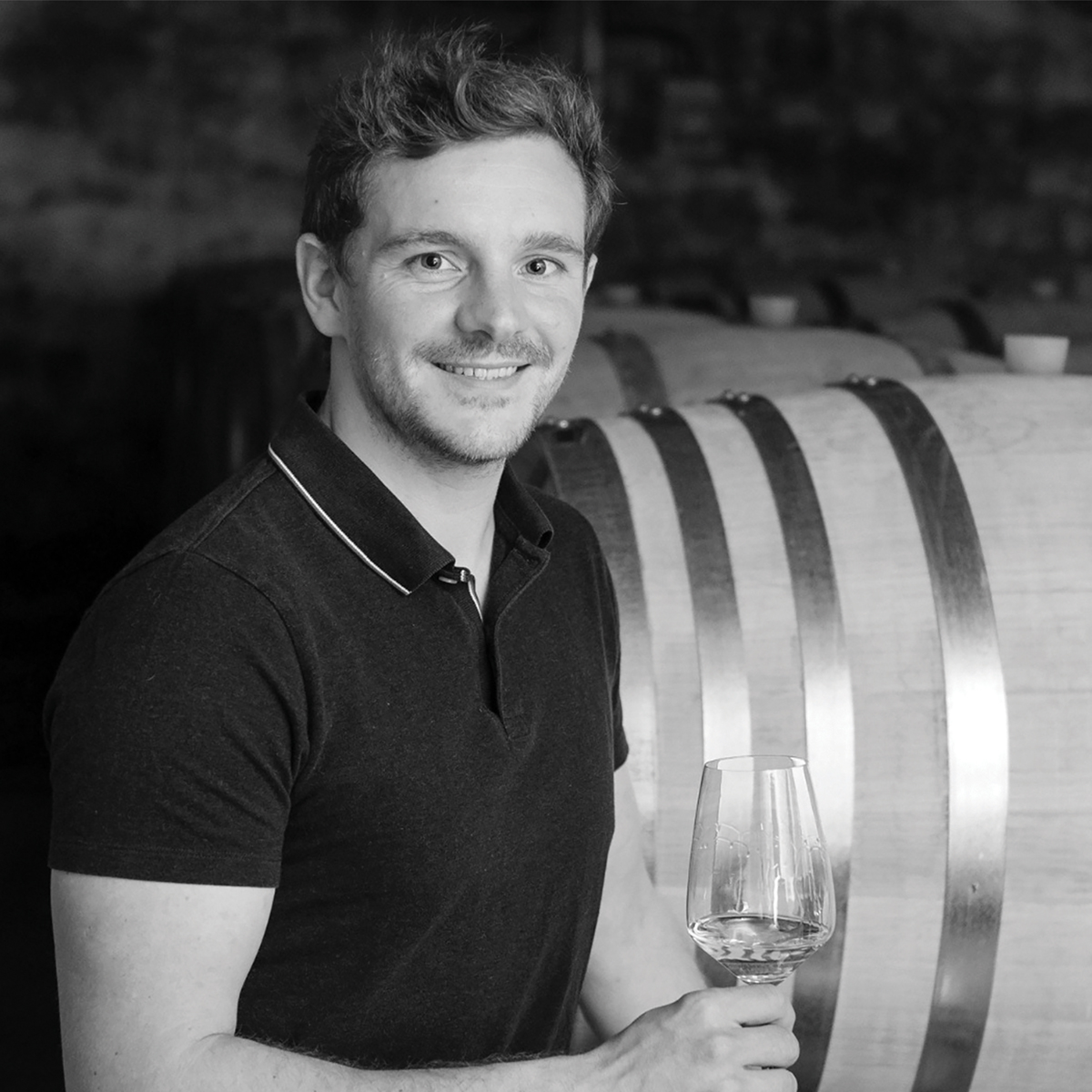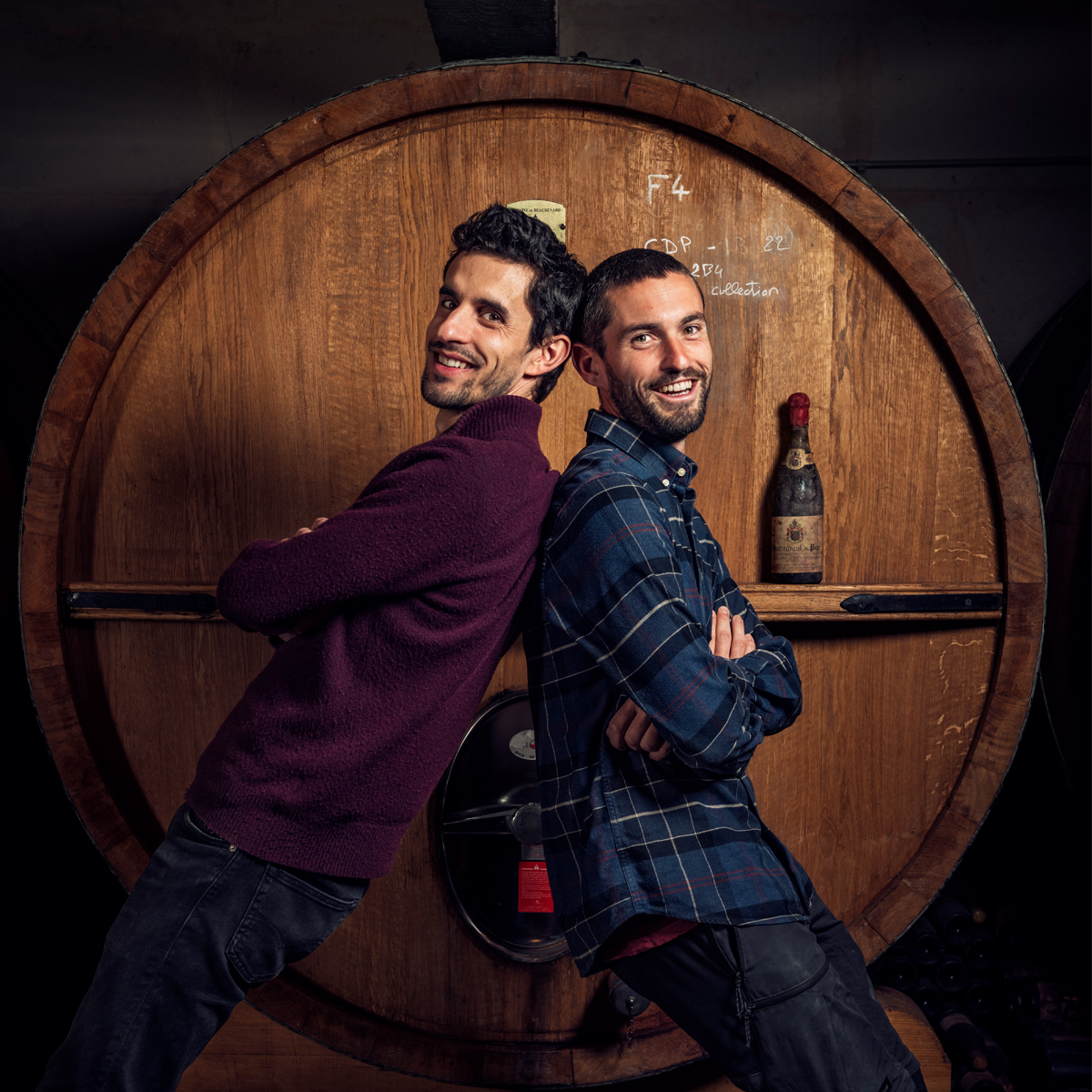
Champagne Gosset
Champagne, France
From the storied vineyards of Bourgogne to the celebrated estates of Bordeaux and Champagne, France's wines capture centuries of history and relentless excellence.
Champagne, France
Bourgogne, France
Rhône Valley, France
Loire Valley, France
Bourgogne, France
Rhône Valley, France
Bourgogne, France
Loire Valley, France
Bourgogne, France
Bourgogne, France
Bourgogne, France
Bourgogne, France
Champagne, France
Bourgogne, France
Bourgogne, France
Rhône Valley, France
Loire Valley, France
Languedoc, France
Provence, France
Alsace, France




















